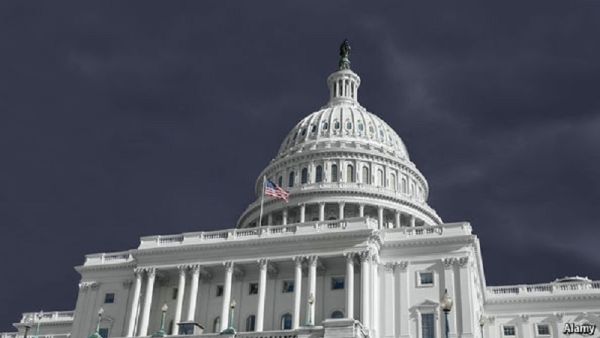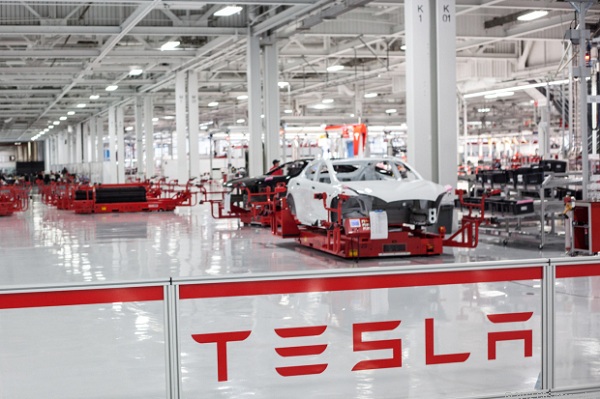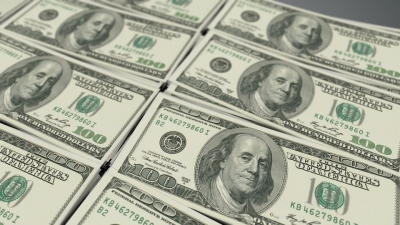 Washington (IINA) : Trust in politicians in America is at an all-time low. Recent polling suggests that the president is less trusted than ABC or MSNBC—a poor performance, given that in 2016 only 21 percent of Americans suggested that they had confidence in television news. But the legislative branch may be the least trusted wing of government: only 9 percent of Americans reported confidence in Congress in 2016. Technology and globalization are commonly cited culprits for this parlous of affairs. But there is a simpler explanation for much of the slide: a reasonable perception that politicians are not working in the best interests of voters.
Washington (IINA) : Trust in politicians in America is at an all-time low. Recent polling suggests that the president is less trusted than ABC or MSNBC—a poor performance, given that in 2016 only 21 percent of Americans suggested that they had confidence in television news. But the legislative branch may be the least trusted wing of government: only 9 percent of Americans reported confidence in Congress in 2016. Technology and globalization are commonly cited culprits for this parlous of affairs. But there is a simpler explanation for much of the slide: a reasonable perception that politicians are not working in the best interests of voters.
The government’s trust problem certainly predates Donald Trump: trust has been falling for decades. Apart from a short-lived spike in support after the terror attacks on New York in September 2001, the last time a majority of Americans suggested that the government in Washington, DC could be trusted to do what is right was in 1972, according to the Pew Research Centre. By 2015, less than one in five Americans held that view. And the trust problem spreads beyond government: survey evidence suggests that answers to the question “do you think most people can be trusted?” are also at a historic low in America, with only about a third of people answering in the affirmative.
That suggests that deep-seated, long-term factors might be at play. “Ongoing globalization and technological change are now further weakening people’s trust” suggests Richard Edelman, creator of an eponymous “trust barometer,” who notes that it isn’t just America and it isn’t just government; trust in chief executives and markets is also down around the world.
Bill Bishop, commentator and author of “The Big Sort: Why the Clustering of Like-Minded America is Tearing Us Apart,” argues that much of modern life works against community and trust. He suggests that low trust in government is linked with the decline of social capital (blame television), globalization and the cult of the individual.
The trouble with blaming worldwide factors including technology and globalization is that the timing doesn’t quite work and it is far from universal. The longest sustained decline in confidence in government was from 1964—when 77 percent of Americans thought the government could be trusted to do what is right—to 1980 when that had dropped to 27 percent. That is, after the spread of broadcast television but before the advent of cable news or Facebook. It is also long before the period decried as “hyper-globalization” by its critics. Most of the fall occurred during the Johnson and Nixon presidencies. Both leaders provided ample justification for distrust—Nixon in particular.
The World Values Survey asks “how much confidence do you have in the government?” The proportion of Spaniards who answer “a great deal” or “quite a lot” has fallen from 43 percent at the turn of the millennium to 20 percent more recently—but the phenomenon is far from universal. In Germany, for example, confidence in government actually increased over the past decade, from 25 to 44 percent of respondents. Sweden has also seen a rise, and now 59 percent profess confidence. The same applies to generalized trust: in Germany trust in people has been increasing over time and has reached about 45 percent of respondents and in Sweden, 60 percent report that they are trusting of others.
Nonetheless, the pathetically low level of confidence in American political institutions can’t be fully explained by such things. Indeed, it probably reflects an accurate perception that politicians are not delivering on their promises. After all, institutions that appear serially incapable of setting a budget or paying debts without months of brinkmanship do not reek of competence and probity. And trying to shift the blame for their unpopularity elsewhere may simply increase Washington DC’s trust problem.




0 Comments